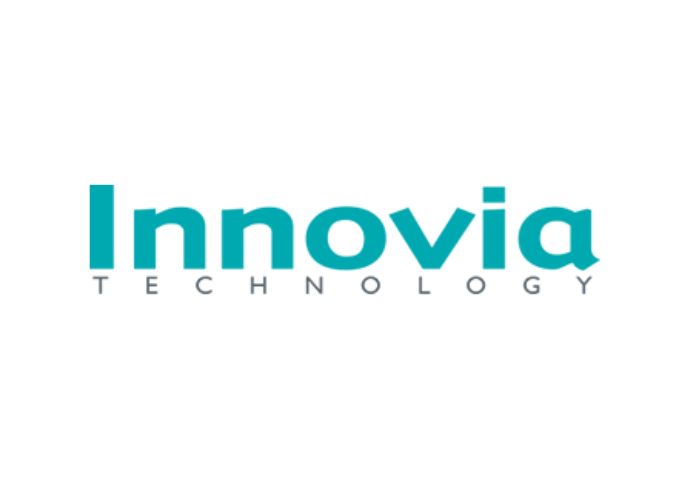By taking a ‘big data’ approach, the apparel industry is taking a lead in tackling the problem of hazardous chemicals, according to Cambridge based company Innovia Technology.
The innovation consultancy has been advising the global Zero Discharge of Hazardous Chemicals (ZDHC) group, which includes brands such as adidas Group, Benetton Group, Burberry Group PLC, Jack Wolfskin, NIKE, Inc., PUMA SE and PVH Corp. among many others. The lessons learnt could be useful to other industries such as agri-food, which is facing similar sustainability challenges.
Julian Scarfe of Innovia Technology (pictured) comments: “Sharing data is vital for an effective response to industry challenges such as the rapid withdrawal of key chemicals or the need for improved prediction of supply and demand.
“However, If companies are locked into one provider or run multiple software programmes on different devices, they can miss the opportunity to gain a wider view of the supply chain. This will limit their ability to respond to regulatory change and to innovate.”
Although many believe that closed and proprietary systems give them a competitive advantage, Scarfe comments that openness can be used to grow the market and accelerate innovation.
“When the mobile industry adopted open standards it created a new platform for application developers and as a result the market for mobile devices has grown exponentially.
“For industries such as apparel or agri-food with fast changes in the price and quality of raw materials and volatile demand for goods, improving access to different data sources is imperative.”
One of the major challenges facing the agri-industry across Europe is the withdrawal of many pesticides that have no substitutes.
When the textile industry faced a similar situation it accelerated its drive to improve sustainability by developing effective systems for self-regulation, particularly for textile dyes.
The Zero Discharge of Hazardous Chemicals (ZDHC) group was formed, which includes high street brands and their suppliers; many of its members are more used to competing than collaborating.
ZDHC was tasked with monitoring the use of chemicals and supporting the introduction of best practice. This was made more difficult by a lack of interoperability between the IT systems, the need for commercial confidentiality and that many of the smaller players were ‘Mom and Pop’ businesses based in rural areas in developing countries.
Innovia was asked by ZDHC to help facilitate the development of a solution to the interoperability challenge.
Scarfe comments: “There is a choice on the level of convergence. For example the use of a common IT tool would vastly simplify the sharing of data, but in practice, the differing needs of the players and their products tends to make consensus on the specifications for such a tool very problematic.
“Another option is to create a common repository or database, accessible by multiple client IT systems. This increases flexibility, but still requires a system to be built and run as a shared resource. This may lock participants into a system run by a single IT provider, with the associated risks.
“The loosest and most flexible option is for participants to agree on a common language or schema to describe the data. This allows data collected by different IT systems to be appropriately anonymised and shared with suitable permissions.”
After a series of workshops facilitated by Innovia, ZDHC chose to use a data schema to address its data exchange challenge and has set up a number of pilots to test the system prior to wider roll-out.
The pilots are going well, and ZDHC recognises that the wider availability and sharing of data will also support interaction with the wider community.
Graham Storrie of Texology and a board director of ZDHC said: “It is only a matter of time before the apparel supply chain needs to work further upstream and engage with the agri-tech/farming sector on sustainability issues, for example in the use of pesticides in cotton cultivation. Good data management practices in both industries will help to facilitate that dialogue."
Scarfe concludes that the same interoperability principles apply: “While an industry-wide body needs to maintain the schema, multiple IT system providers can develop products that use it, promoting a healthy and innovative market for such products.”
The development of a common data schema is, like any collaborative effort, a complex and occasionally painful process. But it can bring previously undiscovered value from the data collected.
Find out more about Innovia Technology at www.innoviatech.com
